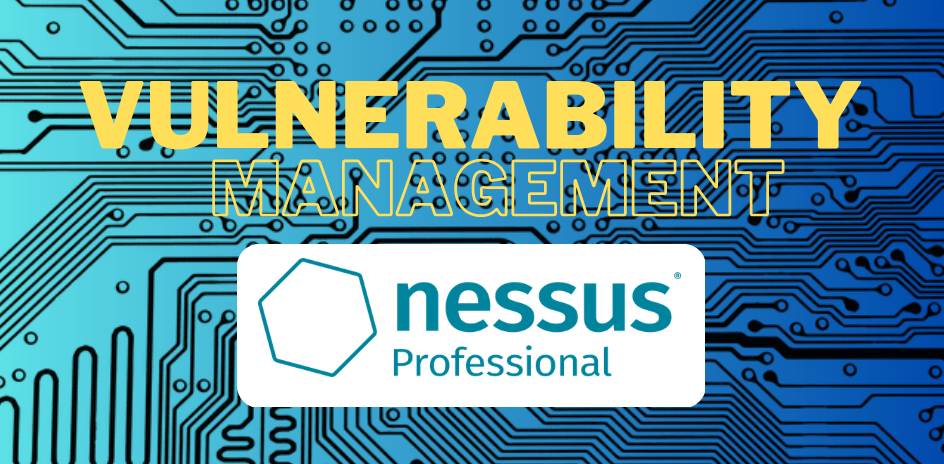Exploring Vulnerability Management: An Introduction

Introduction
In today’s rapidly evolving technological landscape, cybersecurity has become a cornerstone of organizational resilience. Vulnerability management stands as a critical practice within this realm, involving a series of strategic steps to proactively identify, assess, and mitigate vulnerabilities. This article amalgamates the core concepts from two articles: one that explores the vulnerability management cycle, and another that discusses updates, upgrades, tools, and the connection to penetration testing.
Understanding the Vulnerability Management Cycle
Vulnerability management is a systematic process that ensures an organization’s digital assets are shielded from potential threats. This multifaceted cycle encompasses several stages:
-
Asset Discovery The vulnerability management journey commences with asset discovery. This phase involves identifying all components within an organization’s IT infrastructure, leaving no blind spots. By employing automated tools, network scans, and meticulous inventories, organizations create a comprehensive map of their assets.
-
Prioritization
Not all vulnerabilities pose the same level of risk. Prioritization is the compass guiding resource allocation. By evaluating vulnerabilities based on severity, potential impact, and exploitability, organizations determine which vulnerabilities demand immediate attention. High-risk vulnerabilities are dealt with urgently, while lower-priority ones can be managed over a longer timeframe.
-
Vulnerability Assessment
Vulnerability assessment delves deeper into the identified vulnerabilities. Security experts scrutinize each vulnerability, dissecting its technical intricacies, potential attack vectors, and potential consequences. This assessment informs the true risk associated with each vulnerability, potentially involving penetration testing and manual analysis.
-
Reporting
Clear and concise reporting is the bridge between technical analysis and strategic decision-making. Reports provide a snapshot of vulnerabilities, their assessed risks, and recommended actions. These reports empower stakeholders to grasp the organization’s security posture and make informed choices. Visual aids enhance the communication of complex information .
-
Remediation
The ultimate goal of vulnerability management is effective mitigation. Remediation involves tangible steps to address vulnerabilities, thereby minimizing the attack surface. This could encompass applying patches, refining configurations, strengthening access controls, and eliminating vulnerable components. Thorough documentation and tracking ensure accountability and progress.
Updates vs. Upgrades

Updates and upgrades are critical concepts within vulnerability management:
-
Updates address specific vulnerabilities with patches, maintaining software security without altering the version.
-
Upgrades involve transitioning to newer software versions, bringing security enhancements alongside new features.
Tools
Tools like Nessus and Qualys play pivotal roles in vulnerability management:
-
Nessus stands as a renowned vulnerability scanner, aiding in detection and prioritization through robust scanning and comprehensive reporting.
-
Qualys offers cloud-based solutions, providing continuous monitoring and assessment, facilitating real-time vulnerability management.
Vulnerability Management and Penetration Testing
Vulnerability management and penetration testing are interconnected:
-
Vulnerability management focuses on identifying and mitigating vulnerabilities.
-
Penetration testing simulates cyberattacks, evaluating an organization’s defenses.
Conclusion
Vulnerability management, spanning from asset discovery to remediation, epitomizes modern cybersecurity practices. By meticulously traversing the vulnerability management cycle, differentiating between updates and upgrades, leveraging tools like Nessus and Qualys, and understanding the synergy with penetration testing, organizations fortify their digital fortresses against an ever-evolving array of cyber threats.
Have a nice day and stay safe!